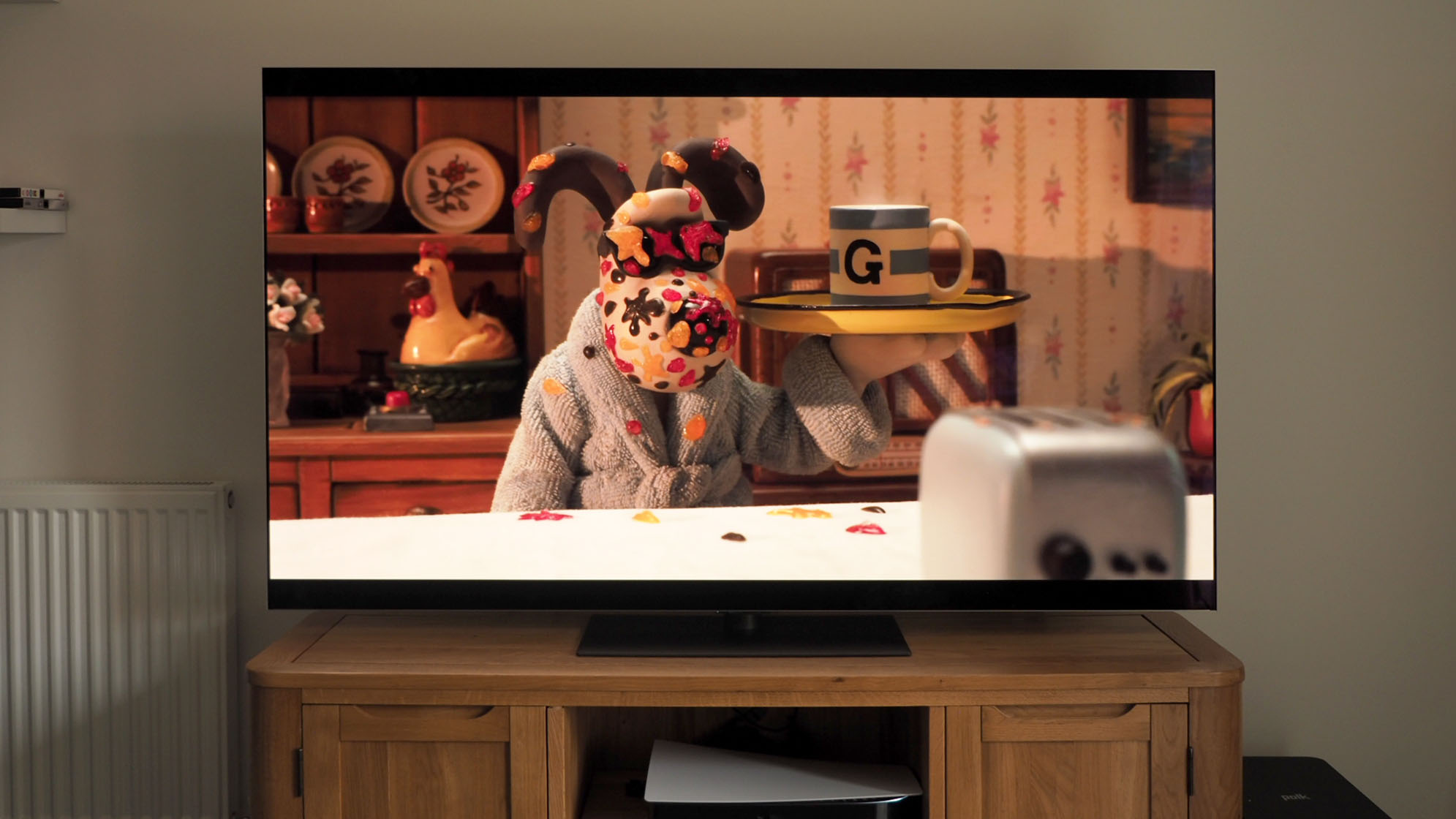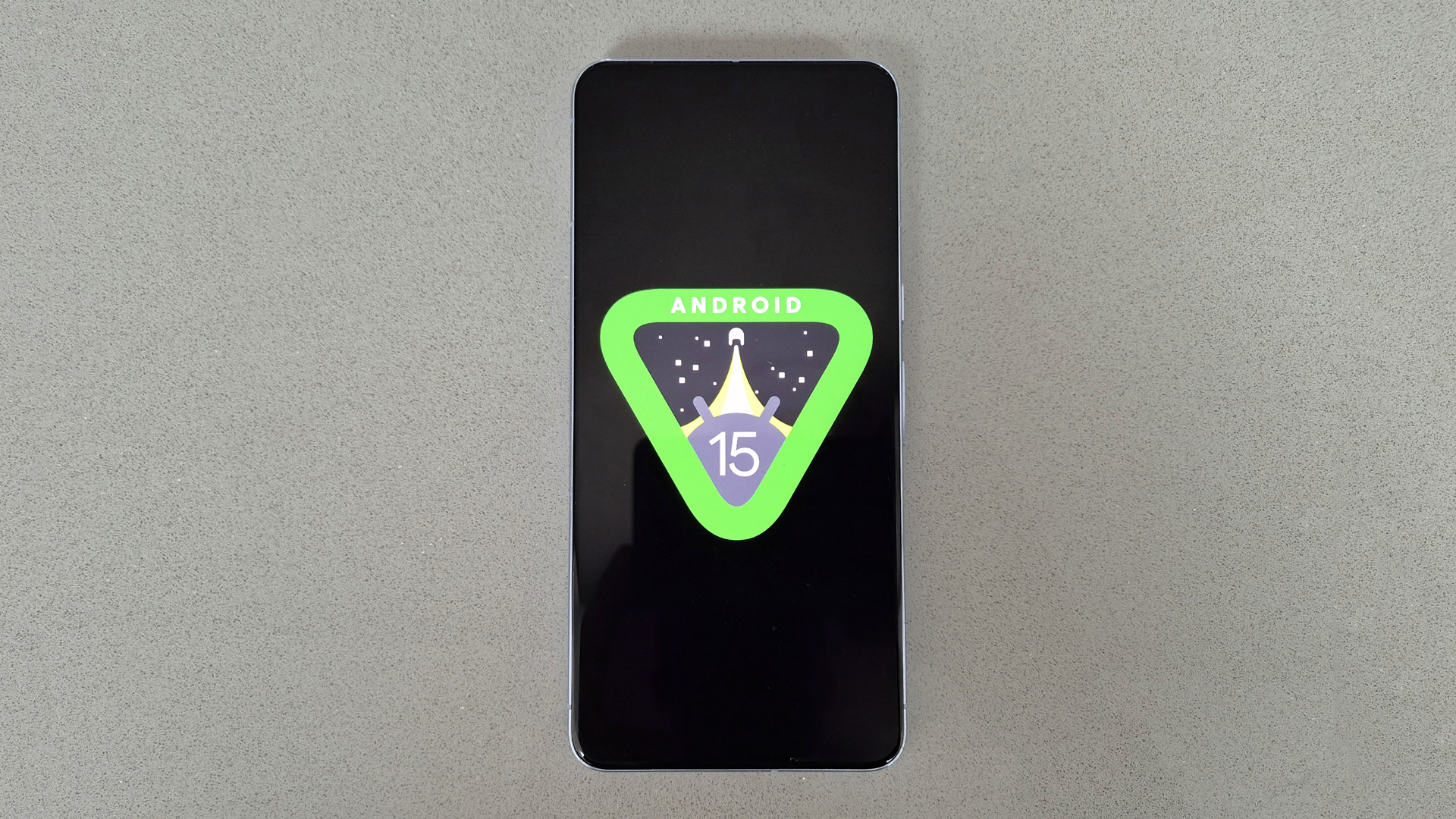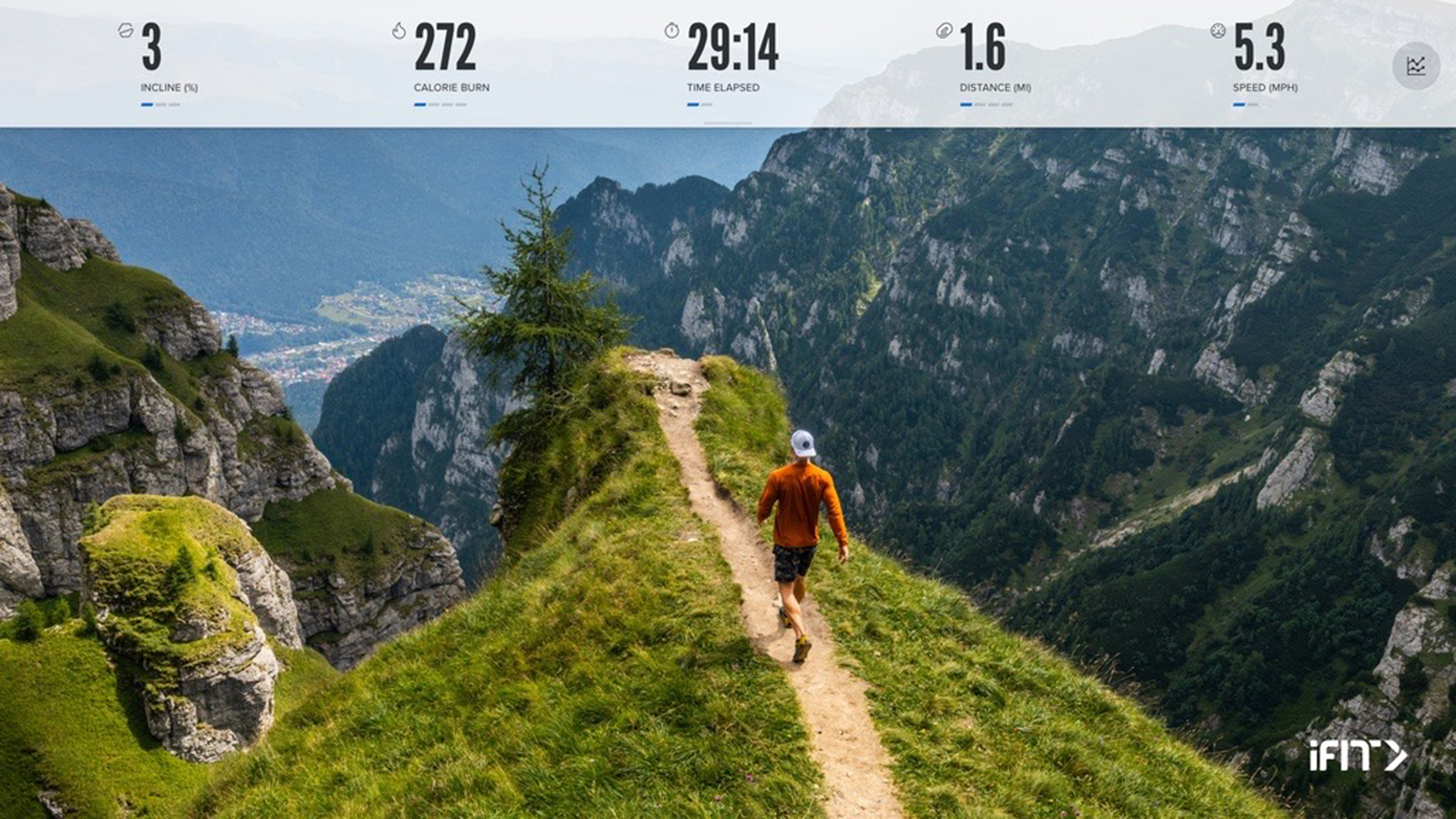

The way we use fitness machines has changed drastically in recent years. Once limited to small LED screens of numbers, the best treadmills and bikes now come with huge high-resolution displays showing videos of trainers to encourage your progress.
iFit is one of the biggest names in training videos, and its software comes built into machines from NordicTrack, Pro-Form and others. It’s also available as an app for your phone or tablet, so you can use it with any machine.
One of the biggest differences with iFit is that its videos aren’t just shot in a studio, they explore some of the most incredible destinations around the world. When you run or cycle to an iFit video you can be racing through the markets of Morocco, up the side of Mount Everest or along the coast of Hawaii.
One of the brand’s most popular trainers is John Peel, an ex-college American Footballer from Arizona. His relaxed style and incredibly toned physique have made him an inspiration to many as he guides you through each workout. But how does an iFit video come together? I spoke to John from his home gym in Arizona as to what it takes to create each slick-looking video.
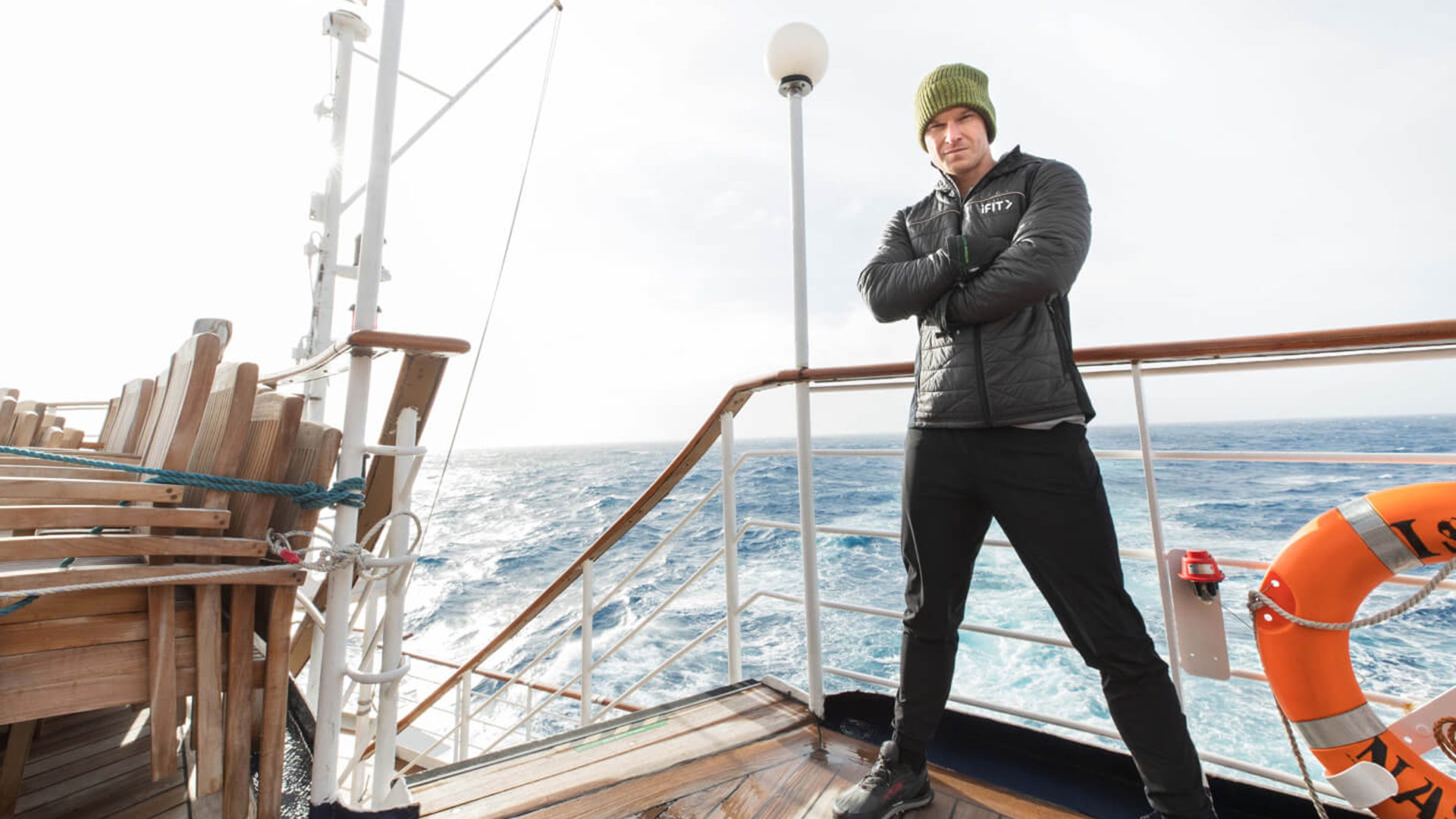
The planning of an iFit video
What you see in an iFit video is by no means the full story – there’s a lot happening behind the camera and lots more that happens before the camera even starts to roll, as John explains. “As much as the credit goes to the trainer on camera, there's so many incredible people that need to be credited,” says Peel. “It starts with the producers who scout and find the locations and then the scouts that find the actual routes that we're gonna be on. And then that's when they hand it off to us.”
Each trainer puts their own plan in place with a view to deliver you to that final goal, which comes in how they break up each session and structures each session. “For us trainers it always starts with the way to get our users to find that end result,” says Peel. “Because, that's really what everyone's showing up for. Once we figure out a plan and how many workouts it's gonna take to get to that point and that level of achievement, that's when we start connecting with the location.”
The trainers typically look at the terrain and work out which sessions will work best on each of the potential locations. With iFit-enabled machines, such as the NordicTrack treadmills, the incline and decline of the machine will change to match the terrain in the video, so you are doing the same work as the instructor.
Sign up to the T3 newsletter for smarter living straight to your inbox
Get all the latest news, reviews, deals and buying guides on gorgeous tech, home and active products from the T3 experts
Each iFit series is broken down into a number of sessions, depending on the goal, which can vary between anything from 12 to 60 sessions. As John explains, taking a beginner who can’t run for a minute to where they can run for 30 minutes or complete a 5K is a slow process and needs to be constructed carefully.
If that’s not enough, the trainers are often in locations they’ve never been to before and have to mix in some local knowledge with each session. “Sometimes it’s just like, okay, we're gonna meet you in Romania and you're going to get on this terrain that you've never been to, run around some castle and talk about Dracula. But also at the same time, help someone on the other side of that screen realize their ultimate goal. That's the fun part, but also the tricky part,” says Peel
John says that he often spends hours researching the locations ahead of the shoots, cramming like you would for an exam so that he becomes as much a tour guide as trainer. “You want to know about all these locations – you don't wanna run by Vlad's Castle and not talk about Vlad! You want to give a story while you're there doing it,” says Peel. “That's one of my favorite parts, actually learning and just investing in these locations that we go to. It becomes addictive.”
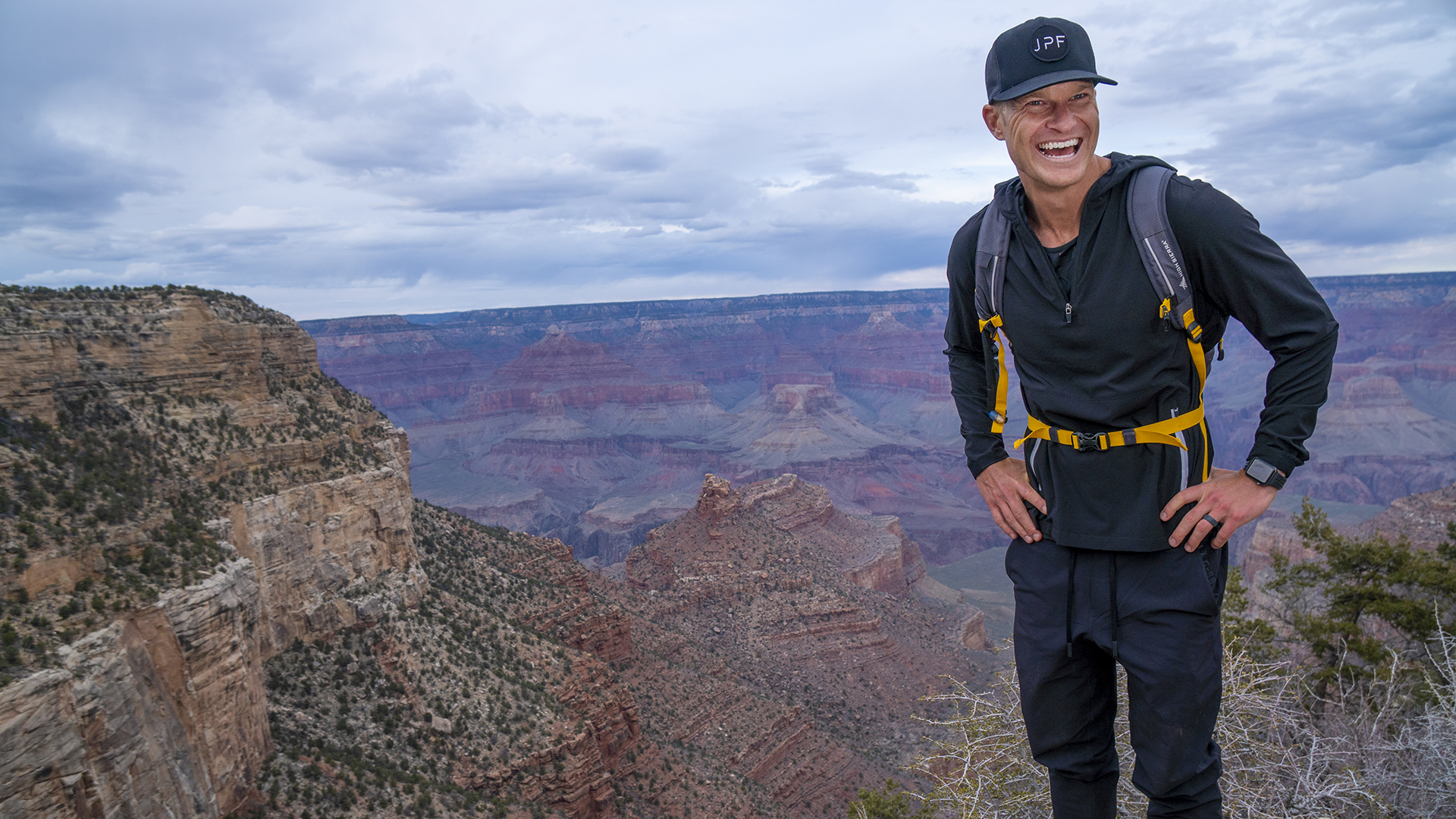
The filming process
Even though each video looks like a one-shot take, there’s often a few start and stops along the way. Issues with technology, the weather or just a case of the trainer forgetting the details can mean a break in recording. “It's like a writer's block, or a trainer's block, and it's like, man, I forgot what that place was called again,” says Peel. “There's plenty of those moments, but there's also a lot of one-takes.”
To really create that cinematic effect, iFit also has a second crew on every shoot to film the B-roll that can be blended in at opportune moments. These provide those sweeping vistas and drone shots that allow you to get a broader view of the area. “Even though we're running, you want to give the user at home a good look at what we're actually seeing,” says Peel. “So if I'm sprinting past something that's so incredible, it's like, oh my gosh, look at that wolf, but you won't see it at home cause we're flying so fast.”
Rather than splice in stock footage, iFit’s B-roll crew fill in all those moments. The downside for the trainers is that even a two-mile run can turn into six by the time they’ve shot all the extra footage. “It gets very monotonous at times in that sense, but we know what we're trying to achieve and everyone's doing their part and working as a team to try to get it done,” says Peel.
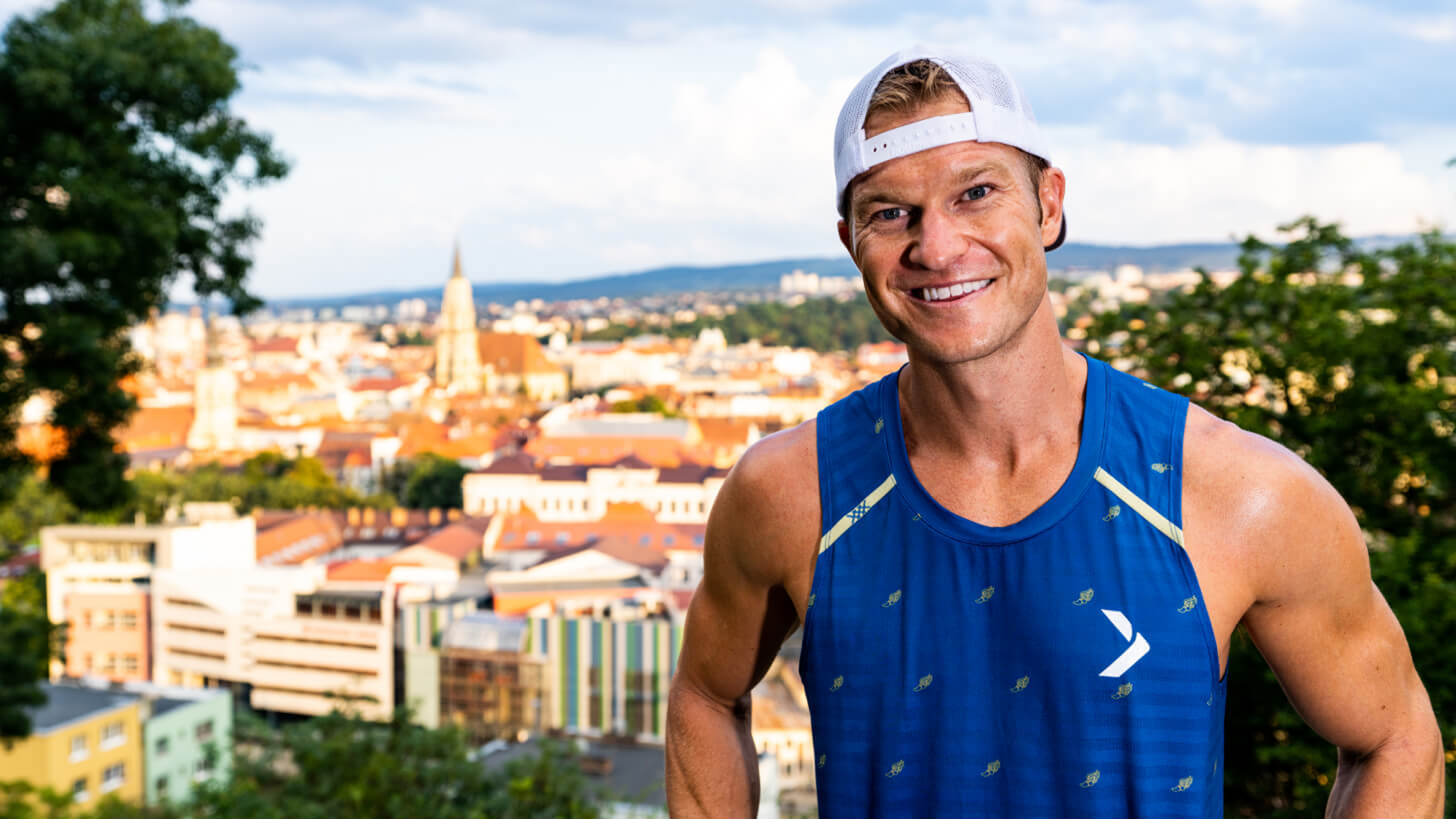
Talking to the camera while running
The premise of an iFit training session is that you are gaining a one-on-one training experience with the instructor, as you follow them through one of many stunning locations. The result feels personal and the conversation isn’t limited to a series of encouraging clichés that come from trainers on other platforms. Instead, you get to hear about the location, about the trainer and it’s often so interesting, you almost forget you’re working out.
Asking John about his more conversational style he’s keen to point out that he was a trainer long before iFit and so has just brought his own personal style to the screen. “I like to talk to the camera as if I'm going out on a hike with my mom,” says Peel. “I wanna make her feel comfortable but I also want to be conversational and keep it in a sense of like, this is who I am, this is what you're gonna get, this is what we're feeling.”
The ability to make it feel like he’s talking directly to you, not thousands of people, or just a camera, is part of the charm too, but the method is fairly simple. “I do a lot of eye contact with our cameraman. I act like I'm talking with him, so I actually have a human connection rather than just looking into a lens,” says Peel. “There's a lot of feedback that you can get from your camera person without them saying anything. Like, if I tell a joke and he's not laughing, I'm like, shit, that was not funny at all. Or there's times where I'll say something and they’ll start laughing, then you feed off of that.”
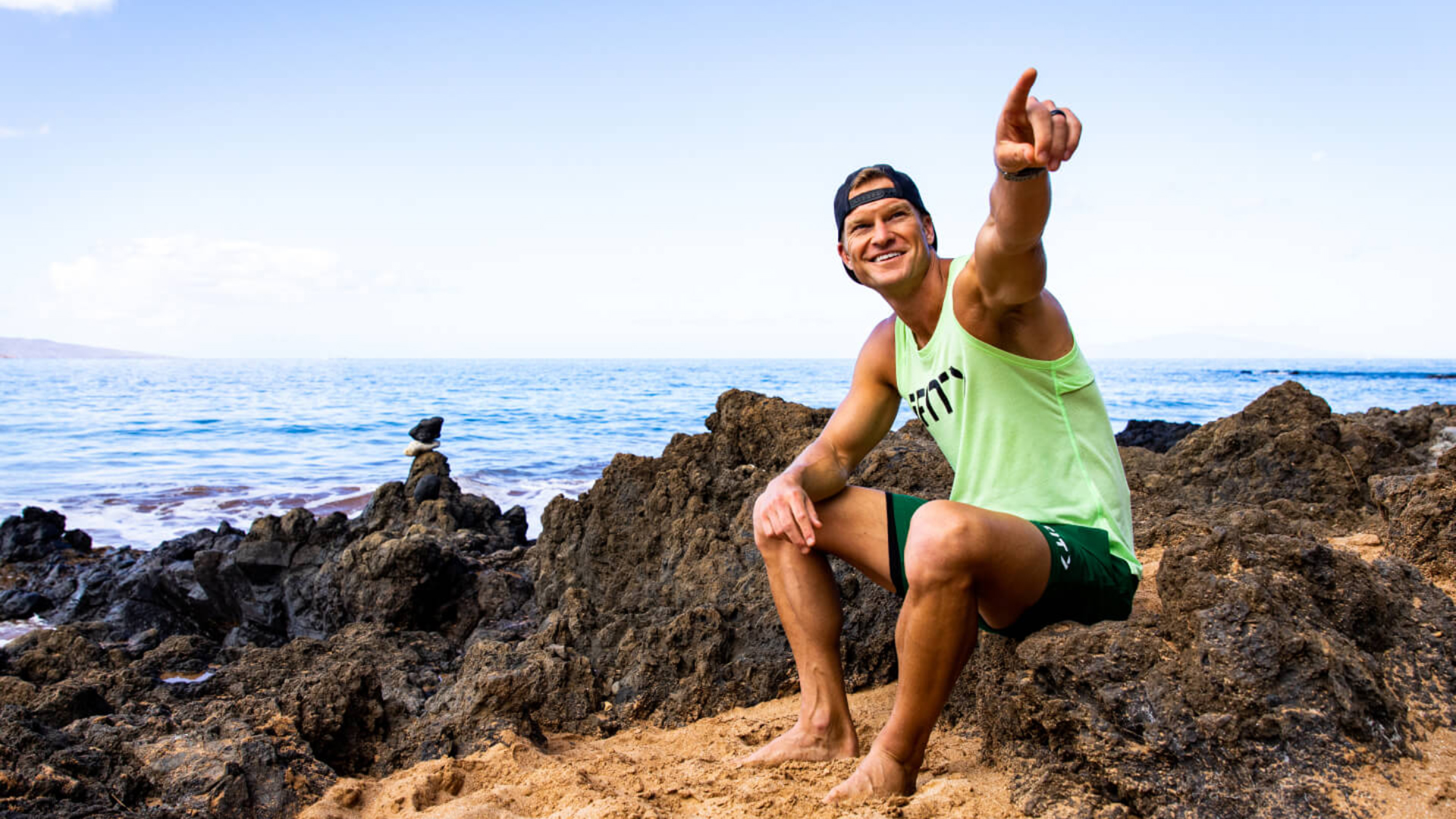
The locations
The iFit videos now cover every continent with runs, walks and workouts in just about every terrain you can think of. John Peel has over 500 videos on iFit, with locations ranging from his home state of Arizona to his end-of-world series in Antarctica, however, there’s always something new on the horizon and it’s his latest trip that really excited him. “About a month ago we went to Bhutan and we filmed there for a few weeks,” says Peel. “It's known as the last Himalayan kingdom, where they still have a king. They're one of the most untapped and unvisited locations on the planet.”
The Kingdom bases their lifestyle on Gross National Happiness rather than gross national product (GDP), which is something that struck a chord with John. “It's not until you get there that you really feel that power of what it really is,” says Peel. “There were moments when we were 13, 15,000 feet up in the Himalayas at a temple and doing breathing meditations with these monks who live there, they've never really been anywhere else. And having them show you these holy water wells that you're sipping holy water from that have medicinal value. And then you're doing these breathing meditations… getting to be involved in that was really special.”

The retreats
In recent years, iFit has also given users the chance to step off their machines and experience some of the locations for themselves, with its retreats. John Peel hosted one of these retreats in the French Alps last summer with around 25 iFit members. “We gave users an opportunity to join us in the French Alps and actually be a part of a weeklong retreat,” says Peel. “We were waking up in the morning and doing meditation, we were practising movement, and then we'd also go out on these long hikes that were pretty strenuous. They had all been a part of this community for so long, and just hearing these stories about where they came from, what brought them to this point, and how they used their training with iFit to get to this point. It was one of my favourite things I've ever done with iFit.”
What’s next?
With so many locations already covered, it’s amazon there’s anywhere left still to do, but John Peel still has a few on his wishlist. “I think the most diverse place I've ever been to that I haven't been able to film with iFit, is Australia,” says Peel. “The Blue Mountains, their wine country… there's a little bit of everything right there. And we have a really incredible group of iFit members from Australia and New Zealand. They have their own members page and there are thousands of them. They actually welcomed me into the group and now we have conversations all the time. So I think I would have to say that'd be next on the list.”
As T3's Editor-in-Chief, Mat Gallagher has his finger on the pulse for the latest advances in technology. He has written about technology since 2003 and after stints in Beijing, Hong Kong and Chicago is now based in the UK. He’s a true lover of gadgets, but especially anything that involves cameras, Apple, electric cars, musical instruments or travel.
